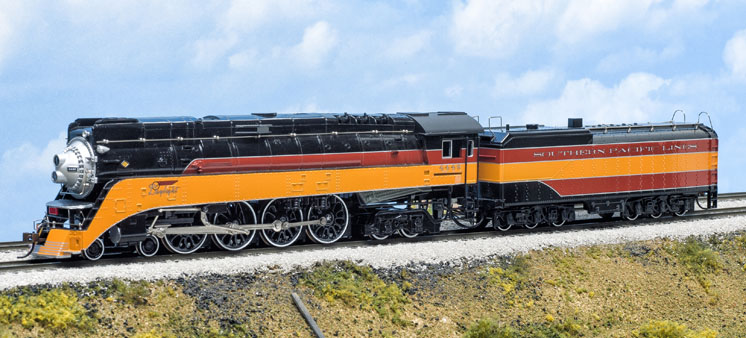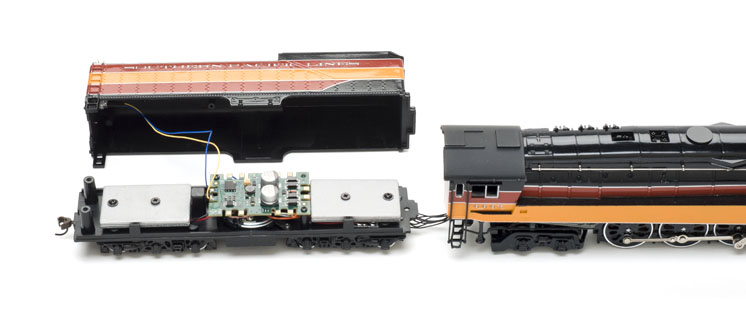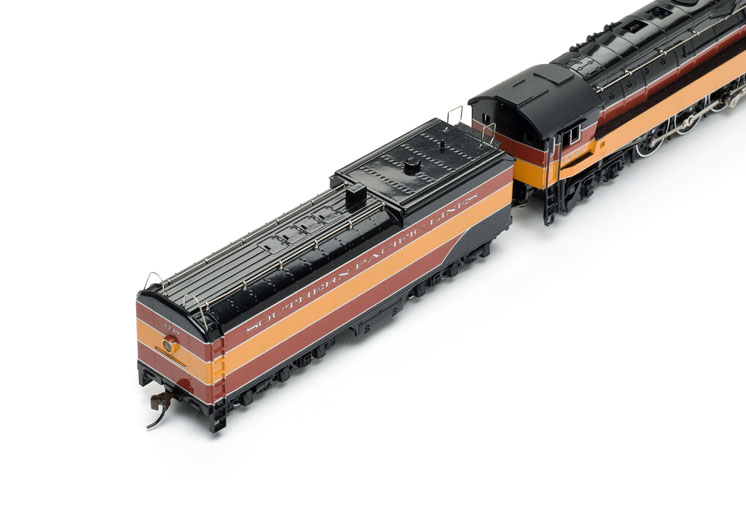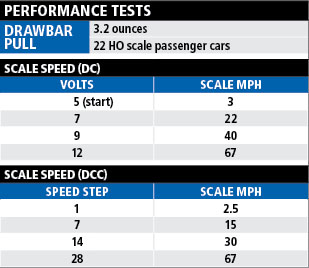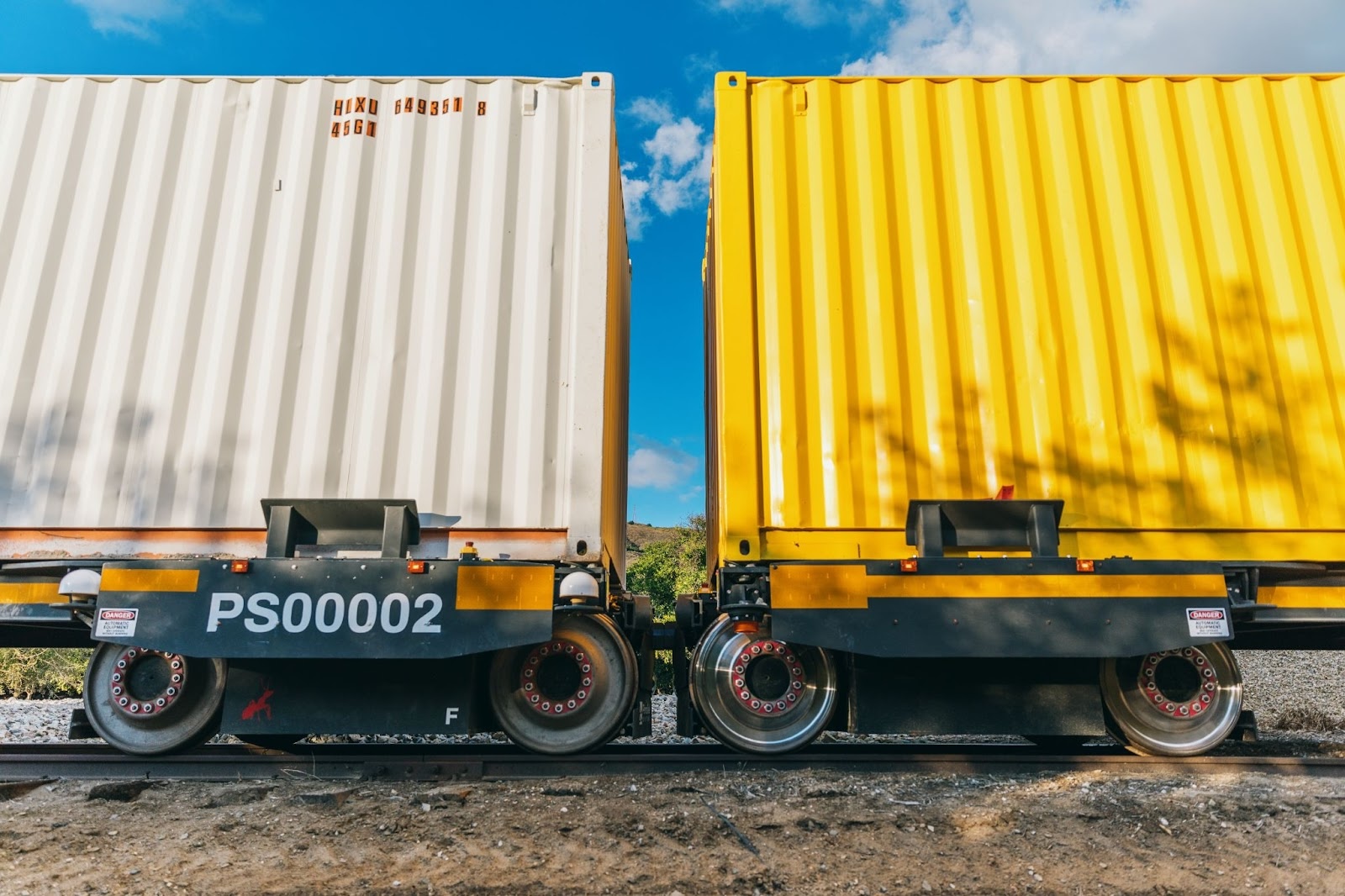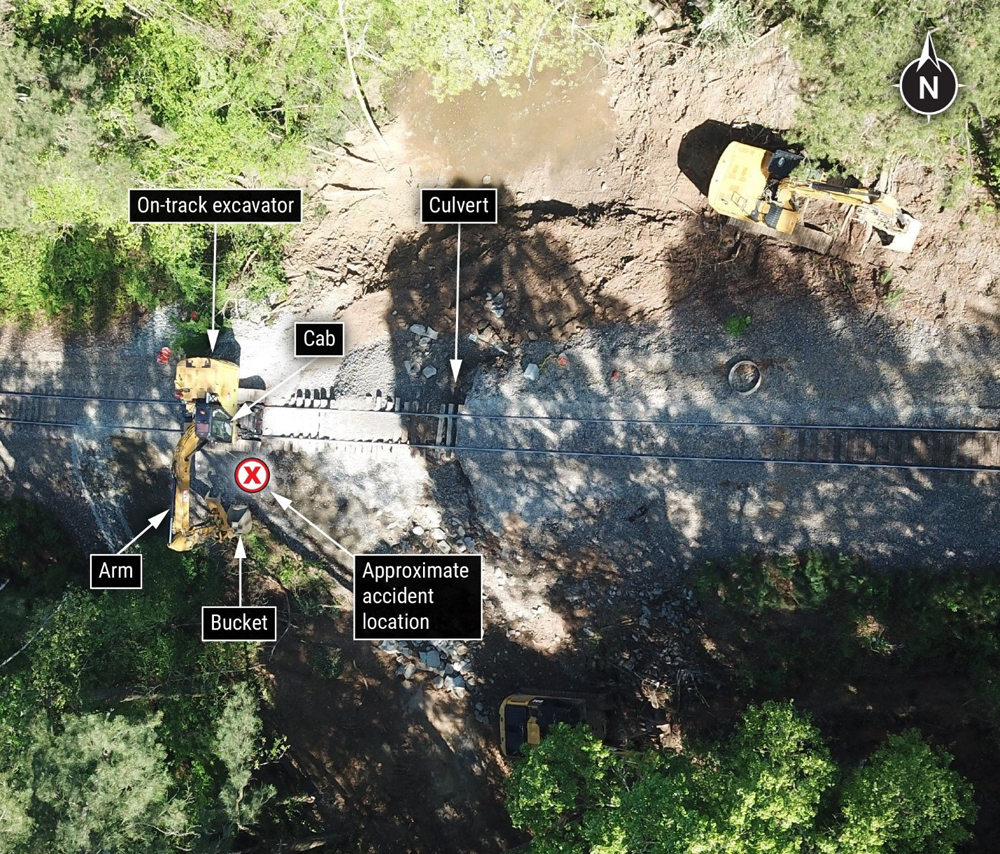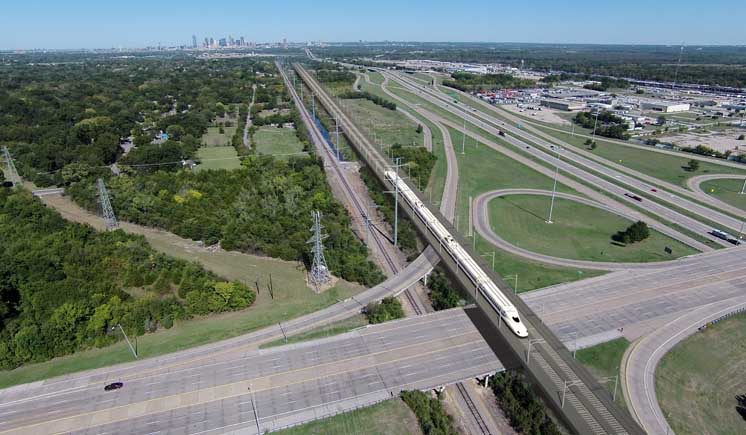Southern Pacific no. 4449, one of the world’s most famous steam locomotives, has been part of Bachmann’s HO scale product line for many years. However, this latest release marks the first time Bachmann’s GS-4 has come factory- equipped with the firm’s Sound Value decoder. Developed in conjunction with SoundTraxx, the decoder provides realistic sound effects on direct-current (DC) and Digital Command Control (DCC) layouts.
Prototype. Lima Locomotive Works delivered 30 semi-streamlined 4-8-4 locomotives to the Southern Pacific in 1941. Classed GS-4 by the SP (“GS” stood for either “Golden State” or “General Service”), the locomotives were painted in the SP’s iconic orange and red-orange livery to match the road’s streamlined Daylight passenger trains. The GS-4s led Daylight trains, including Nos. 98 and 99 between Los Angeles and San Francisco, until 1957.
The only surviving GS-4, no. 4449, was retired in 1958. After being overhauled in the 1970s, the engine led the 1976 Bicentennial Freedom Train and has made many more excursion runs since then.
The model. The HO GS-4’s major dimensions are within scale inches of prototype drawings published in the April 1972 Model Railroader. The model’s drivers measure 77 scale inches, while the prototype has 80″ drivers. The gap between the locomotive and tender is about a scale foot wider than the prototype, which helps the model handle 22″-radius curves.
The locomotive and tender are made primarily of plastic. Most of the detail is crisply molded and matches the prototype, including rivet seams and boiler bands. The throttle linkage and tender ladders are also molded in. The locomotive and tender handrails are separate metal parts, while the cab side handrails and ladder are separate plastic parts. All the cab windows are open, without any glazing.
With its high-gloss finish, the model is painted to represent no. 4449 as she looks in modern-day excursion service. The paint job matches prototype photos and features sharp color separation and accurately placed lettering. The train indicator boards are blank, but numbers could be added from a railroad alphabet decal set. Train indicator numbers are also available in Microscale Decals set no. 87-1271, Southern Pacific Daylight steam locomotives.
The mechanism. Similar to the earlier Bachmann Spectrum-series release, a brass-flywheel-equipped can motor is mounted to the die-cast metal chassis. A worm gear on the front of the motor is connected to a gear box on the third driver axle. The side rods transfer power to the other three driver axles.
A wiring harness connects the electronics in the locomotive to the dual-mode decoder in the tender. A well-enclosed 28mm round speaker is mounted to the tender floor.
The model’s heavy frame and powerful mechanism provided a drawbar pull equivalent to 22 free-rolling HO scale passenger cars on straight and level track. The GS-4 also pulled six scale 85-foot passenger cars up a 3 percent grade, which is impressive for a steam locomotive that isn’t equipped with traction tires.
The model’s reliable electrical contact kept the sounds and lights steady around curves and through a yard ladder and crossovers. All the drivers and the front and rear wheels of each tender truck pick up track power.
DCC performance. After placing the model on our DCC test track, I heard the thump-thump of the locomotive’s air pumps. The Sound Value decoder supports 28 or 128 speed steps; I used the former for our tests. The latter offers finer control, especially at slow speeds.
As I advanced the throttle to speed step 1, the exhaust chuffed and the model crept along at 2.5 scale mph. The HO GS-4 reached a top speed of 67 mph in speed step 28, which is more than fast enough for the compressed distances between stations found on most model railroads. However, the prototype could reach top speeds of more than 100 mph.
The chuffs were a bit out of synch, but I programmed configuration variable (CV) 116 until I found a value that provided a prototypical four chuffs per wheel revolution at 40 scale mph. There is no mechanical cam, so the synchronization isn’t perfect at all speeds.
Other CVs let me adjust individual sound effect volume levels and add momentum. A printed quick-start guide was provided in the box, and a list of supported CVs is available on the Bachmann website.
The SoundTraxx Sound Value decoder supports many of the functions of the firm’s Tsunami decoder, including the bell, whistle, steam release, and dimmable headlight and backup light. It doesn’t have a coupler sound or button-controlled brake.
Out of the box, the whistle sounded too high-pitched. Thankfully, there are three other choices available. After I programmed CV115 to a value of 1, the GS-4 sounded a deep steamboat whistle more reminiscent of the prototype.
The prototype also had an air horn, which is modeled on the Skyline casing of the Bachmann model. However, although an air horn is available as a “whistle” choice when programming CV115, the Sound Value decoder doesn’t offer the dual-whistle/horn feature that’s available on a Tsunami.
DC performance. On our DC test track, the locomotive sounds started after I applied 6V to the track. I then dialed the throttle back to 5V, and the model rolled at 3 scale mph. At 12V the model reached 67 scale mph.
As I increased and decreased the throttle, the exhaust chuffs nearly matched the motion of the drivers. Other automatic sound effects include the air pumps, a bell that comes on at speeds under 3.5 scale mph, and a single whistle blast that sounds after the locomotive has stopped. A grade-crossing whistle signal sounds when the throttle is quickly increased. There are other options for automatic sound effects, but to program them requires a DCC system or a DC sound controller such as a Model Rectifier Corp. Tech 6.
The iconic SP GS-4 remains a popular subject for model railroaders and model manufacturers. With its factory-installed sound system, this upgraded Bachmann locomotive is worth a look and a listen.
Price: $399.99 (DCC and sound), $299.99 (DCC, no sound)
Manufacturer
Bachmann Trains
1400 East Erie Avenue
Philadelphia, PA 19124
www.bachmanntrains.com
Era: 1941 to present day
Road names: Southern Pacific no. 4449 (present-day Daylight excursion service), American Freedom Train no. 4449, SP no. 4436 (1946 to late 1950s Daylight), Western Pacific (GS-6)
Features
• Dual-mode DCC On Board (no sound) or Sound Value decoder (sound version)
• Electrical pickup on all locomotive drivers and front and rear wheels of each tender truck
• E-Z Mate Mark II couplers mounted at correct height
• Light-emitting diode headlight and backup light
• Minimum radius: 22″
• RP-25 contour metal wheels in gauge
• Weight: 1 pound, 6.7 ounces (engine and tender); 1 pound, 1 ounce (engine only)





